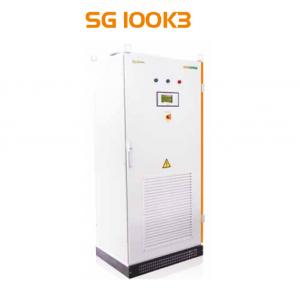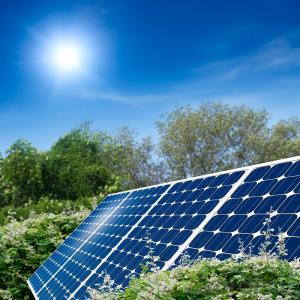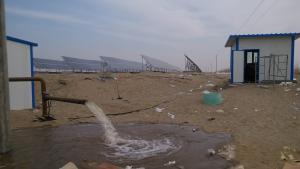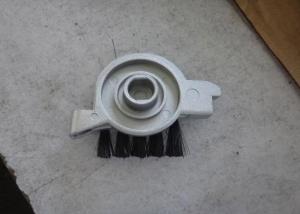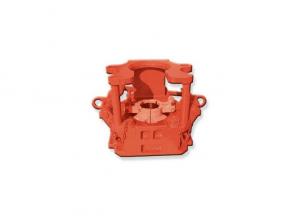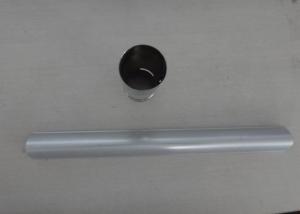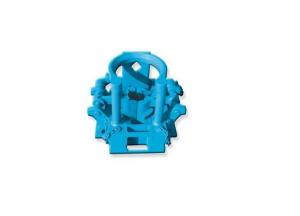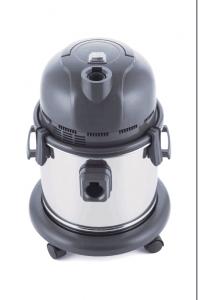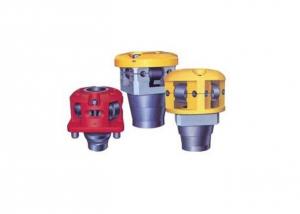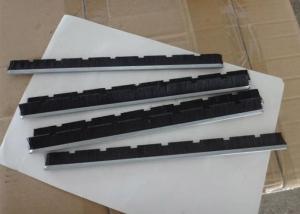Solar 120v Inverter
Solar 120v Inverter Related Searches
120v Solar Inverter Solar Panel 120v Inverter 120/240 Volt Solar Inverter 12v Solar Inverter 12v To 120v Solar Inverter 12v Solar Power Inverter 12 Volt Solar Inverter Solar Power Inverter 12v 12v Solar Panel Inverter 12 Volt Solar Panel Inverter 1200 Watt Solar Inverter Solar Inverter 240v Solar 220v Inverter 240v Inverter Solar 240 Volt Solar Inverter Solar 12v To 240v Inverter 240v Solar Inverter Solar Solar Inverter Solar Inverter 12v To 240v Solar Inverter 12kw 12kw Inverter Solar 12kw Solar Inverter Solar Inverter 110v Solar Inverter Charger 12v Solar 24v Inverter 220v Solar Inverter 12v Solar Inverter Charger 12v Hybrid Solar Inverter 12v To 220v Solar Inverter Solar Converter InverterSolar 120v Inverter Supplier & Manufacturer from China
Solar 120v Inverter is a type of power conversion device that is specifically designed to convert solar energy into usable electrical power for various applications. This product is engineered to handle the conversion of DC power generated by solar panels into AC power, which can be utilized by a wide range of electrical devices and appliances. It plays a crucial role in the efficient utilization of solar energy, making it an essential component in solar power systems.The Solar 120v Inverter finds its application in a variety of scenarios, such as residential homes, commercial establishments, and off-grid applications. It is particularly useful in areas where access to traditional power sources is limited or unreliable, providing a reliable and eco-friendly alternative. This inverter is also an excellent choice for those looking to reduce their carbon footprint and contribute to a sustainable environment by harnessing the power of the sun.
Okorder.com is a reputable wholesale supplier of Solar 120v Inverter, boasting a large inventory to cater to the varying needs of customers. They offer competitive prices and reliable service, ensuring that customers receive high-quality products at an affordable cost. By partnering with Okorder.com, customers can benefit from their extensive experience and expertise in the solar energy industry, making the process of acquiring a Solar 120v Inverter both seamless and hassle-free.
Hot Products



















